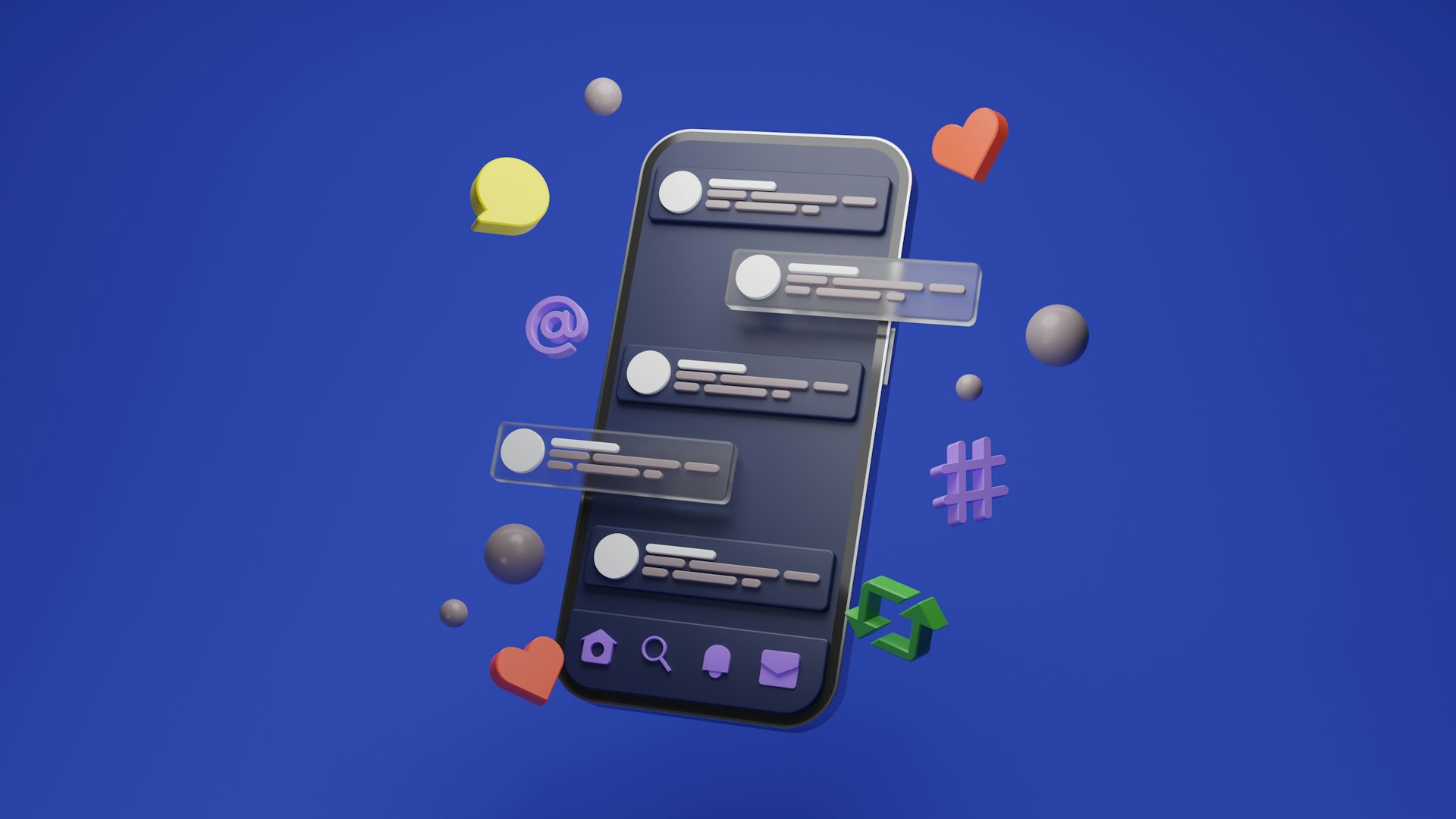Building an app involves many decisions, but one of the most important is choosing which features to include. Not all features can be added at once. Prioritising features effectively ensures that your app meets user needs and stays on track with your project goals.
Understanding what your users want is the first step. Knowing your target audience helps in making choices that will satisfy their needs and enhance their experience. Research and user feedback can provide valuable insights into which features will be most beneficial.
Next, it’s important to evaluate the impact and feasibility of each feature. Some features might be great in theory but difficult to implement. Balancing the benefits and challenges of each feature can guide better decision making.
Using a structured method like the MoSCoW technique can help in categorising features based on their importance. This method makes it easier to decide what must be included and what can wait for future updates.
Lastly, feature priorities need regular reviews. As user needs and technology evolve, updating feature priorities keeps your app relevant and effective. Regular reviews ensure that the app continues to deliver value and meets user expectations. Understanding these strategic steps can make feature prioritisation clear and straightforward.
Understanding Your Target Audience
Understanding your target audience is crucial when prioritising app features. Start by identifying who your users are. Who will use your app? What are their needs and preferences? Create user personas to represent different segments of your audience. These personas help in visualising the users and their specific needs.
Conduct surveys and interviews to gather data from your potential users. Ask them what features they want in the app. This feedback provides direct insights into user expectations. Analyse their responses to find common themes and priority features.
Use analytics tools to study user behaviour on similar apps. Understand what features are popular and why. Seeing what works well in other apps can help you make informed decisions when prioritising your app features.
Creating a user journey map is another useful step. This map outlines the steps users take when using the app, highlighting pain points and opportunities for improvement. Prioritise features that address these pain points and enhance the user experience.
By thoroughly understanding your target audience, you can make strategic decisions on which features to prioritise. This ensures your app meets user needs and stands out in the market.
Evaluating Feature Impact and Feasibility
Evaluating the impact and feasibility of each feature is vital for successful app development. Start by assessing the potential impact of a feature. How will it benefit the users? Will it solve a problem or enhance the user experience? High-impact features should get a higher priority.
Consider the feasibility of each feature next. Can your development team implement it within the available resources and time? Some features might be desirable but difficult to build. It’s important to balance ambition with practicality.
Make a features list and rank them based on their impact and feasibility. Use a scoring system to rate features on both these factors. This helps in visualising which features provide the most value for the least effort.
Create a benefits-costs matrix. Plot each feature on this matrix to see the balance between its benefits and costs. Features with high benefits and low costs should be prioritised.
Consult with your development team and stakeholders. Their insights on technical challenges and resource availability are invaluable. Engage in regular discussions to align everyone on the priority features and ensure smooth development.
By carefully evaluating both impact and feasibility, you can prioritise features that offer maximum value while staying within project constraints.
Utilising the MoSCoW Method for Prioritisation
The MoSCoW method is an effective way to prioritise app features. This technique divides features into four categories: Must-have, Should-have, Could-have, and Won’t-have. This approach helps in making clear-cut decisions on what to include in your app.
- Must-have features are essential. Your app cannot function without them. These are the core features that directly impact the primary function of your app. For example, if you are building a messaging app, the ability to send and receive messages would be a must-have.
- Should-have features are important but not critical. They add significant value and should be included if possible. Although necessary, your app can still function without them in a basic form. For instance, adding rich media support in a messaging app would be should-have.
- Could-have features are desirable but not essential. They are often viewed as enhancements that can be added if time and budget permit. These features can improve the user experience but are not key to the app’s core functionality.
- Won’t-have features are least important for the current project phase. These features can be considered for future updates. They might be great ideas but are not priority right now.
Using the MoSCoW method helps in managing resources effectively. It ensures that the development team focuses on essential features first, providing a clear roadmap for app development.
Regularly Reviewing and Updating Feature Priorities
Keeping your feature list updated is important. User needs and technology are always evolving. Regular reviews ensure your app stays relevant and meets user expectations.
Set a schedule for reviewing your feature priorities. Monthly or quarterly reviews help in keeping track of changes in user feedback, market trends, and technology advancements. Use these reviews to reassess the impact and feasibility of features. Remove any outdated or less relevant features and add new ones that align with user needs.
Gather continuous feedback from users. Tools like surveys, user interviews, and app analytics provide insights into what users need and want. Use this data to adjust your feature priorities.
Stay agile and flexible. Be ready to pivot and re-prioritise features based on new information or shifting project goals. Involve your development team in these reviews. Their technical insights are valuable for understanding implementation challenges and opportunities.
Regularly reviewing and updating your feature priorities helps in delivering a high-quality app that meets user needs. This ongoing process ensures that your app remains useful and engaging.
Conclusion
Prioritising app features is a vital part of app development. By understanding your target audience, you can tailor features to meet their needs. Evaluating the impact and feasibility of each feature ensures efficient resource use. The MoSCoW method provides a structured approach to categorisation. Regularly reviewing and updating feature priorities keeps your app relevant and user-focused.
By taking these steps, you can create an app that not only meets user expectations but also stands out in a competitive market. Prioritising correctly will save time, resources, and effort in the long run, resulting in a user-friendly and successful app.
Need expert help in developing your app and prioritising its features? ContactRiselabs to see how we as app developers can support your project with top-notch website, app, and software development services. Let’s make your app a success together!





